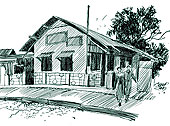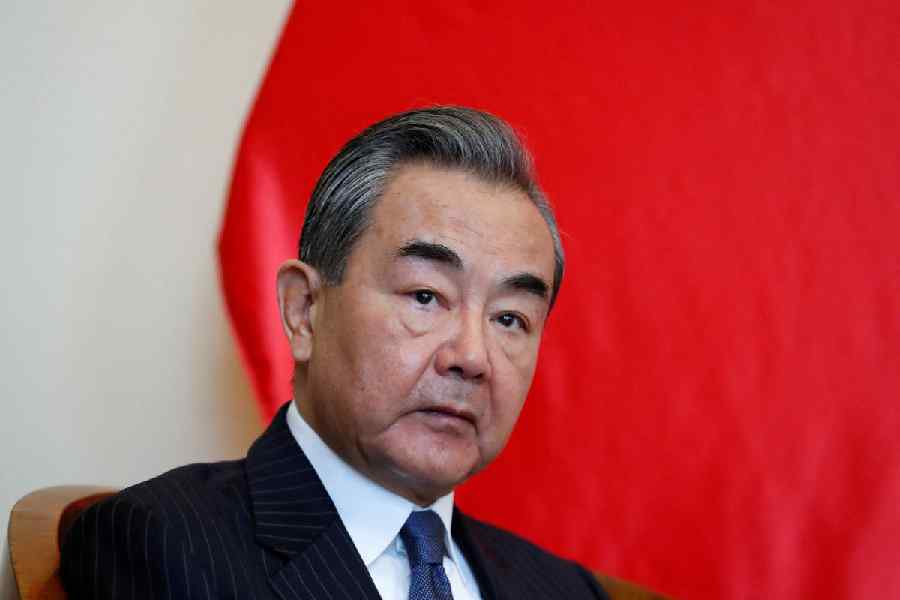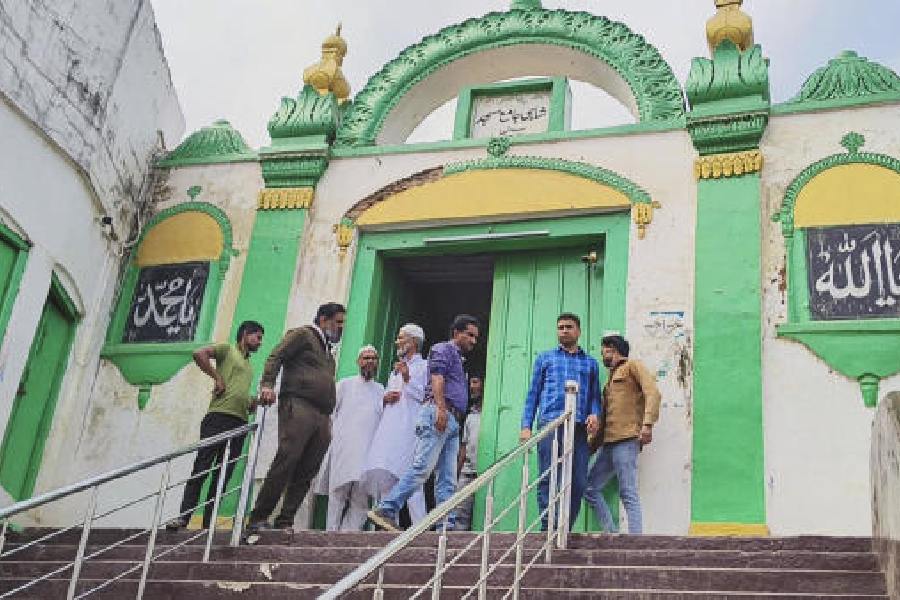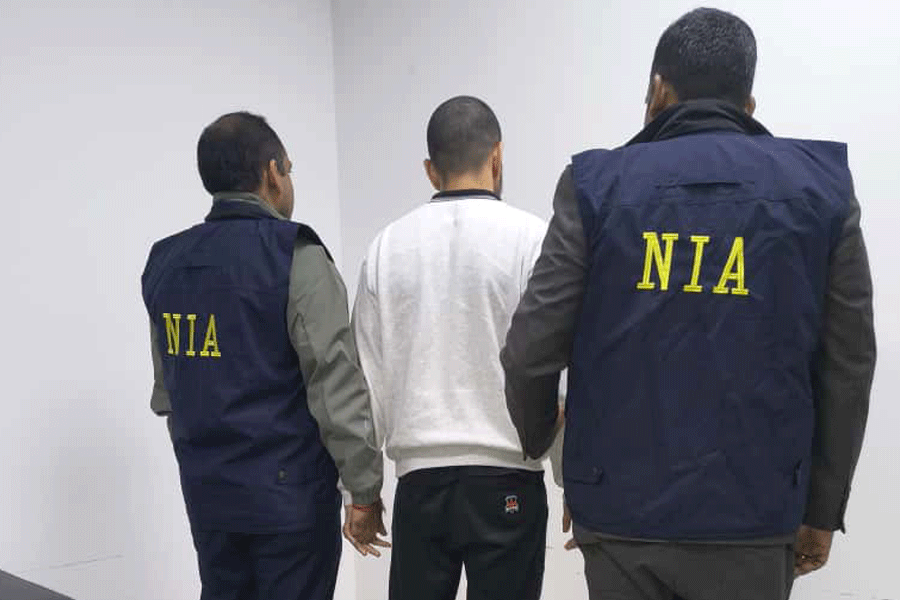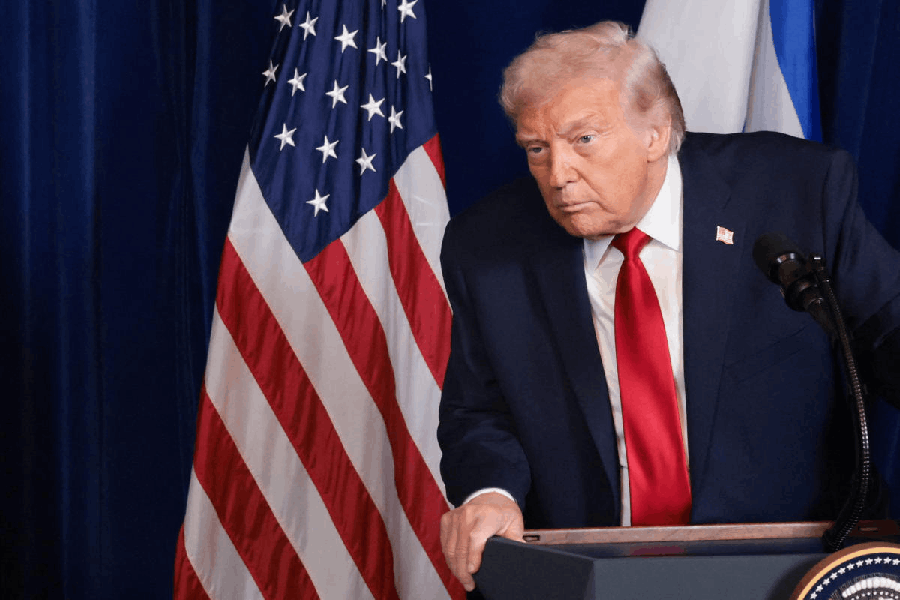 |
There is a genuine demand among the Assamese for law classes in the Gauhati Government College. His excellency the Governor General in Council may be pleased to sanction the proposed affiliation of the college to the Calcutta University in law,” recommended Sir Henry Cotton, the chief commissioner of Assam, to the government of India in 1901. Consequent to the establishment of Cotton College at Guwahati, the demand for introducing law class in the college was placed by Manik Chandra Barooah, Nabin Chandra Bordoloi and other leading citizens of the town. Sir Henry Cotton was convinced about the justification of the demand and hence this recommendation.
The idea of establishing a law college in Assam was, however, discouraged by Dr Booth, the director of public instruction. His logic was that Cotton College being a second grade college, law classes should not be introduced until a first grade college came up. Interestingly, there were four law classes going on in different high schools of Assam at that time for imparting legal education for pleadership examination, which was quite popular among the students. When Cotton College was elevated to the first grade a few years later, the demand for a law college was renewed.
On September 9, 1912, an education conference was held at the Curzon Hall. The conference was addressed by leading citizens, including Manik Chandra Barooah, Nabin Chandra Bardoloi, Tarun Ram Phookan, Rai Bahadur Kalicharan Sen and S.. Lahiri. A strong demand was raised for establishment of a law college for which public opinion was mobilised. Honouring the public sentiment, Sir Archdale Earle, the then chief commissioner of Assam, recommended establishment of a law college at Guwahati as an experimental measure for a period of five years in 1914. A sum of Rs 63,000 was sanctioned for acquisition of land and construction of the building.
Jnanadabhiram Barooah, bar-at-law, who was serving as a munsif in Guwahati on his return from England, was appointed the first principal of the college. Records reveal that the first meeting of the college governing body was held on July 6, 1914, which was attended by F.C. Henniker, commissioner, F. Sudmerson, principal, Cotton College, J. Barooah, principal, law college, Tarun Ram Phookan, bar-at-law and Babu Kali Charan Sen, government pleader. In this meeting, a decision was taken to request the Cotton College authorities to allow the use of three rooms of hostel blocks to serve as lecture rooms, office and library of the law college.
It was also decided that the classes would be held from 1 am to 8.30 am from Monday through Friday. The class routine was fixed up taking the routine of Dacca Law College as model. The list of holidays was same as that of Cotton College. It was in this meeting that Tarun Ram Phookan and Satya Nath Bora were appointed lecturers while Prof. Brown, a professor of Cotton College, was also appointed as a part-time lecturer.
Though the classes of the law college started on the premises of Cotton College in 1914, soon a prime land was purchased from a person named Petua on the eastern fringe of Dighalipukh-uri, where a big Assam-type structure was built. The college was named after Sir Archdale Earle in recognition of the services he rendered to the establishment of the first higher institute of legal education in Assam.
As the college was given provisional permission for five years, the matter of its retention as a permanent institute was taken up during 1918-19. On strong recommendation of the governing body for its continuation, the government decided to retain it “in permanence for the promotion of legal studies in the province” in 1919. It was affiliated to Calcutta University.
Tracing the early history of the college, it is quite interesting to note that the law college principal’s bungalow, which is even now known as J. Baruahar Bangla, was visited by towering personalities like Rabindranath Tagore, Ashutosh Mukherjee, Laksmi Nath Bezbaruah and many others. It became a centre for Assam’s intellectual assemblage.
Though J. Baruah was a British government official, he once organised a jatra in his official residence, which was performed by the famous Bengal revolutionary singer Mukunda Das. The lawn between the college and the principal’s bungalow was full of spectators. When one of the artistes played Bande Mataram on the violin, the first person to stand up and show respect was Bentinck, a British officer, who was present there. It was only after seeing him stand up, all others stood up. Next day, in the class, J. Baruah referred to this incident and said there lies the difference between the liberated mind of a citizen of a free nation and that of the bonded mind of the citizens of a subdued nation.
In 1942, during World War II, the college building was occupied by the military authorities and the college had to be operated from a rented premises for some time. The college got affiliated to Gauhati University after it was established in 1948. Interestingly, when Gauhati University was established it was in this Earle Law College building that the post-graduate classes first started. Later, the college was renamed University Law College and shifted to the present Gauhati University campus. But the old Earle Law College building still stands near Dighalipukhuri, bearing the stamp of a pioneer of legal education in the northeastern part of our country.
Dipankar Banerjee

